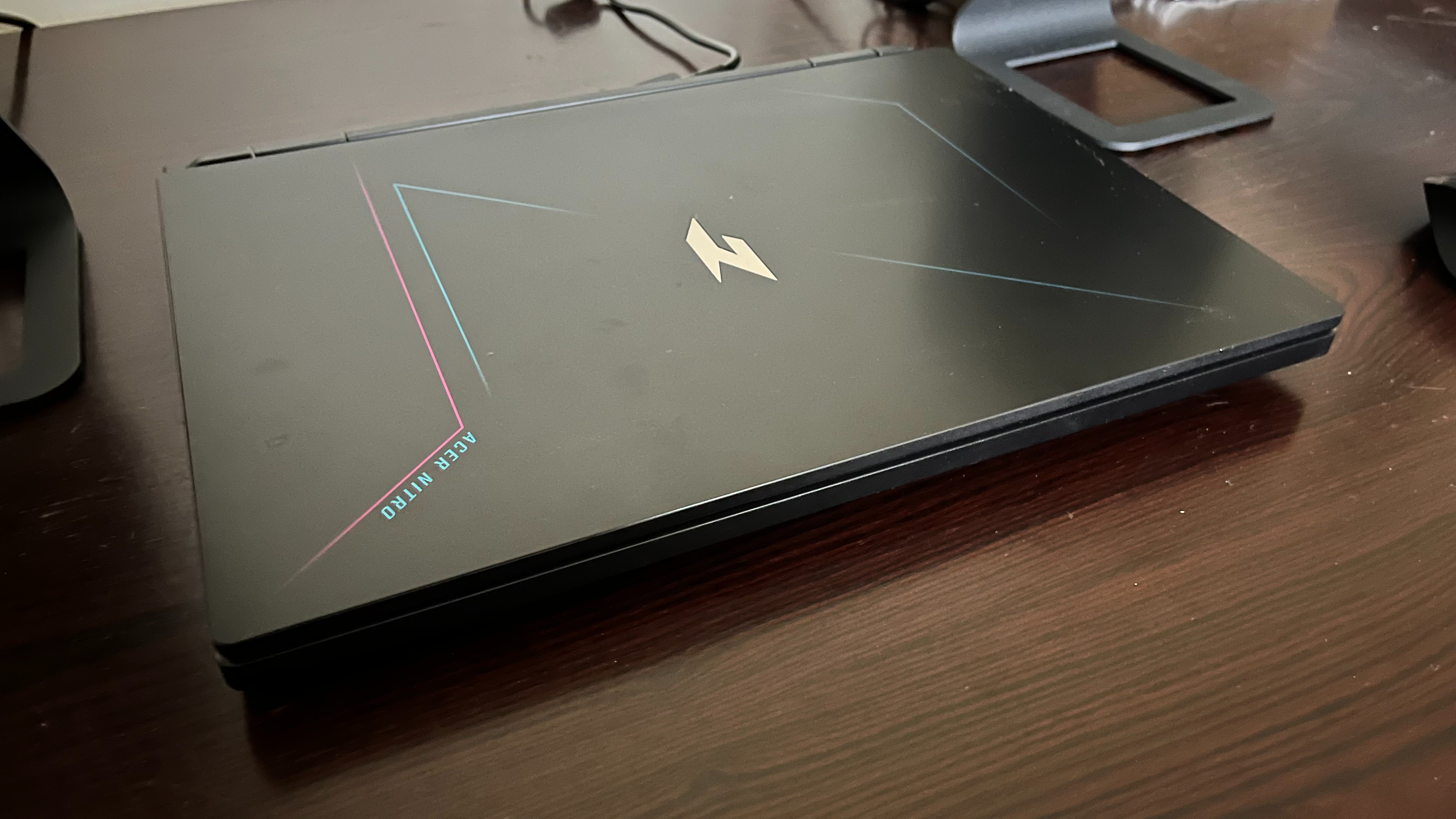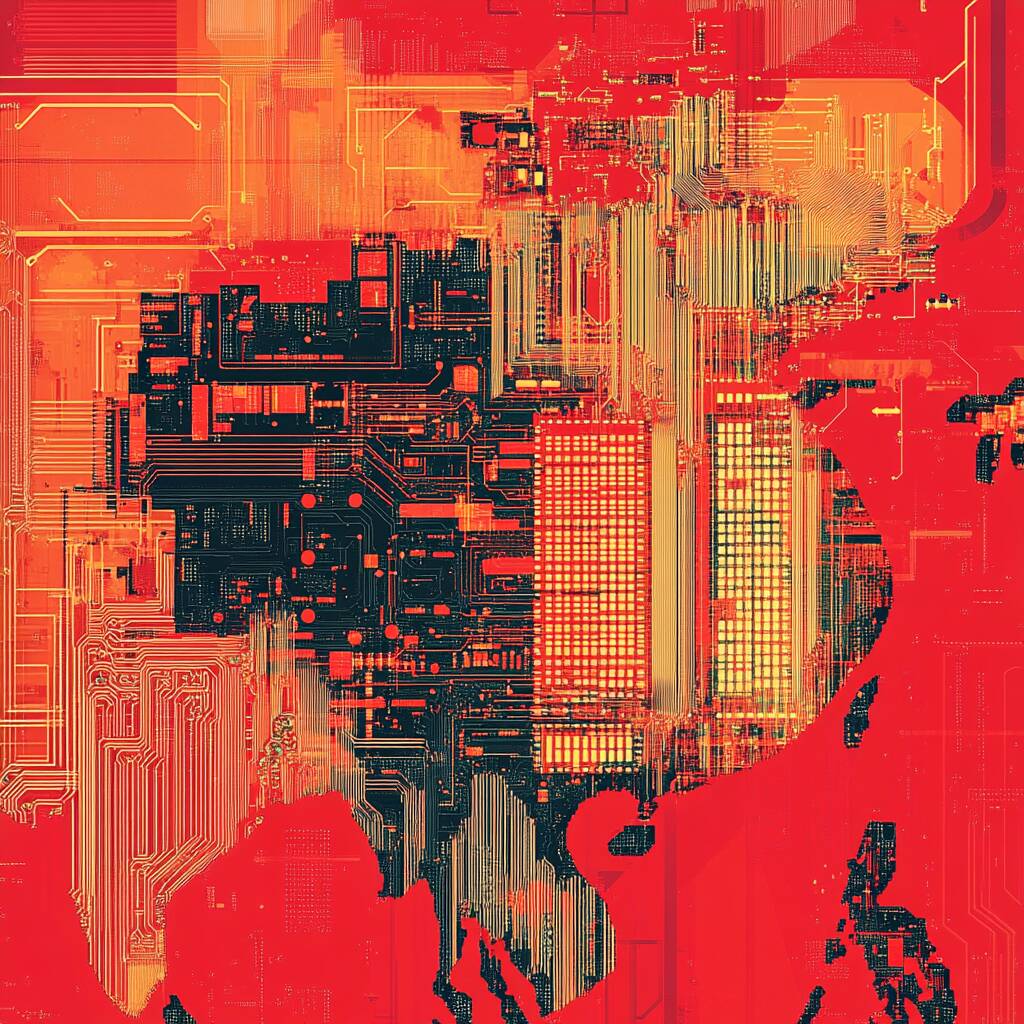Alarming Spy Device Can Read Text in an Open Book From Nearly a Mile Away
Scientists say they've developed a high-resolution laser device that can read the text in a conventional book from a whopping 0.85 miles away. As detailed in a new paper published in the journal Physical Review Letters, the team used interferometry, a commonly used technique in the world of astronomy that uses superimposed waves of light to create interference patterns, to develop their system. However, instead of combining waves of radiation, light, or sound, the team used the information collected by multiple light detectors to measure variations in intensity, a technique known as intensity interferometry. They then used this data to […]


Dark Lord's Spy
Scientists say they've developed a ludicrously keen-eyed laser device that can read the text in a book from a whopping 0.85 miles away.
As detailed in a new paper published in the journal Physical Review Letters, the team used interferometry, a commonly used technique in the world of astronomy that uses superimposed waves of light to create interference patterns, to develop the spy system.
However, instead of combining waves of radiation, light, or sound, the team used the information collected by multiple light detectors to measure variations in intensity, a technique known as intensity interferometry. They then used this data to compile an image of a distant object.
Put simply, researchers applied a technology that space observatories use to a ground-based laser system to zoom across vast distances — with promising and somewhat creepy results.
Read the Zoom
The team from the University of Science and Technology of China used eight infrared laser beams fired across a distance to reconstruct a visual of the target. They found that the system was sensitive enough to detect the shape of individual letters a mere three millimeters across, even from a vantage point nearly a mile away.
While intensity interferometry was first demonstrated in the mid-1950s to measure the diameters of distant stars, the researchers believe that the same technique could still be used in the presence of an atmosphere, which can lead to scrambled light wavelengths.
Instead of relying on a light source, like a star's radiation, the team used laser beams to illuminate distant objects. By splitting the laser into eight beams, the team made any perturbations in interference more observable, allowing them to still make out shapes, despite the presence of an atmosphere.
The team found that a single laser beam would have a far inferior resolution compared to eight beams.
In terms of possible applications of their research, the team proposes that it could be used to identify pieces of space debris by shining laser light on them.
The team is hoping they can further improve the system by harnessing the power of AI algorithms to interpret distant shapes more accurately.
"The new work represents a significant technical advancement in imaging distant objects that do not emit their own light," Sorbonne University optics researcher Shaurya Aarav, who wasn't involved in the research, told Physics Magazine.
More on interferometry: DARPA Requests Plans for "Large Bio-Mechanical Space Structures"
The post Alarming Spy Device Can Read Text in an Open Book From Nearly a Mile Away appeared first on Futurism.



































































































































































































